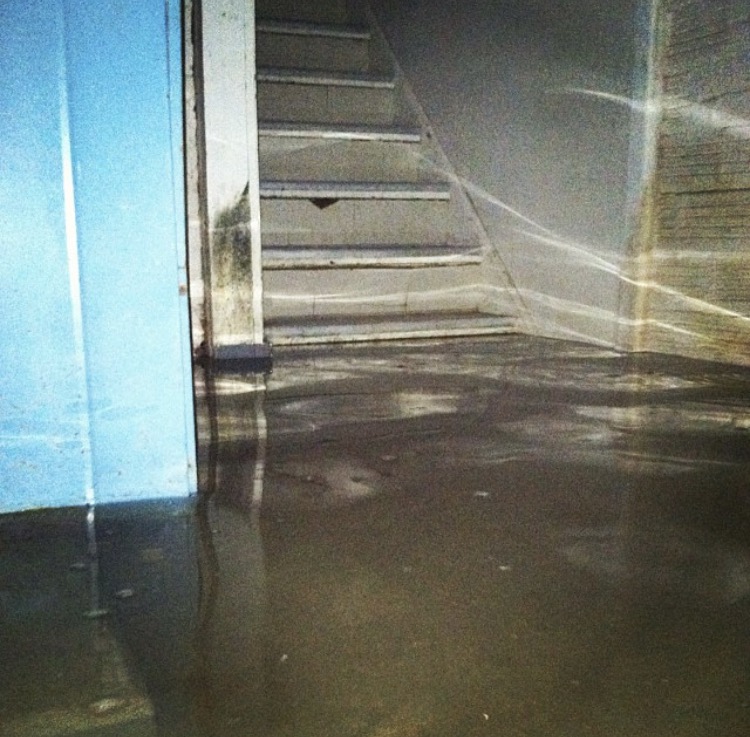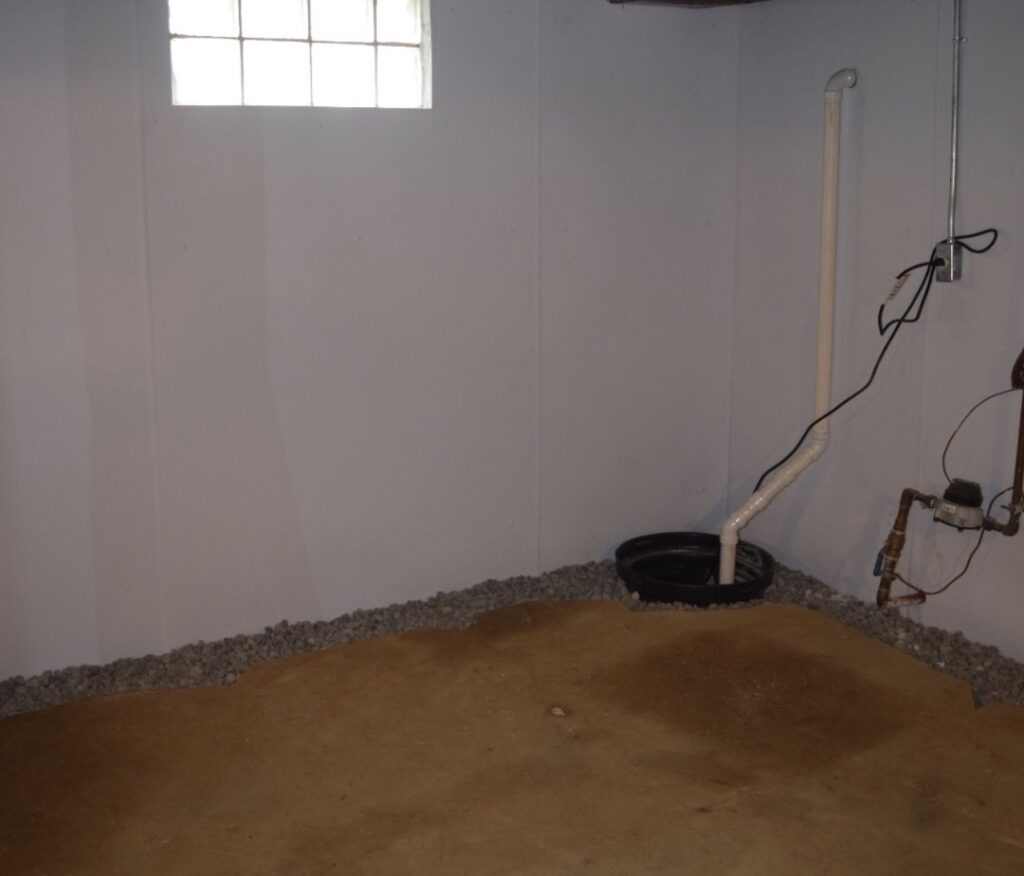Basement leaks where the wall meets the floor
Basement leaks where the wall meets the floor If your basement leaks where the wall meets the floor you could have a few issues. Roof water is the number one enemy of your basement. Check your gutters and downspout to be sure they are working properly. If water is cascading off of your gutters near […]
Basement leaks where the wall meets the floor Read More »



